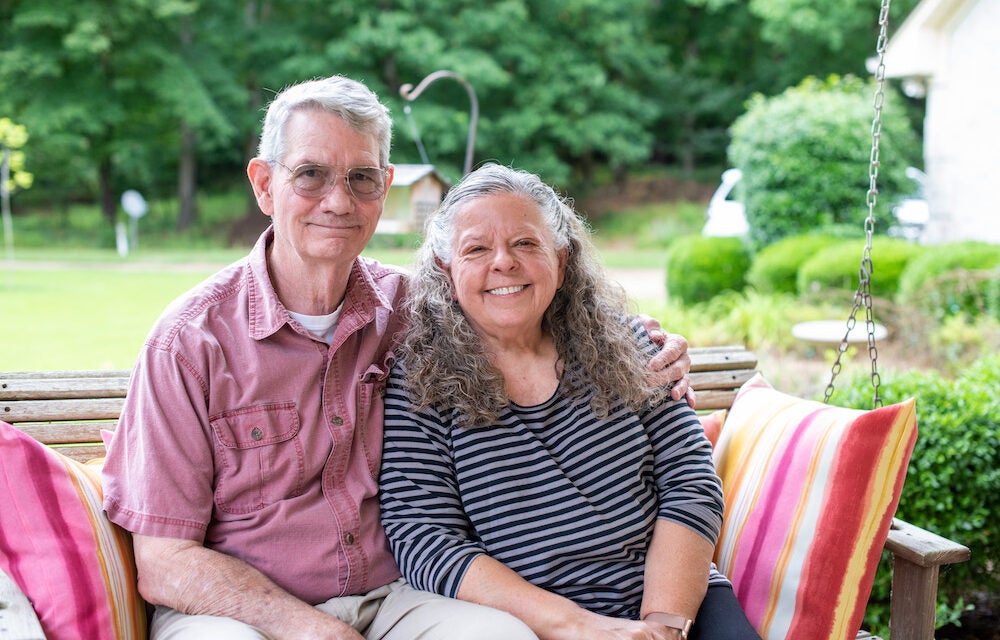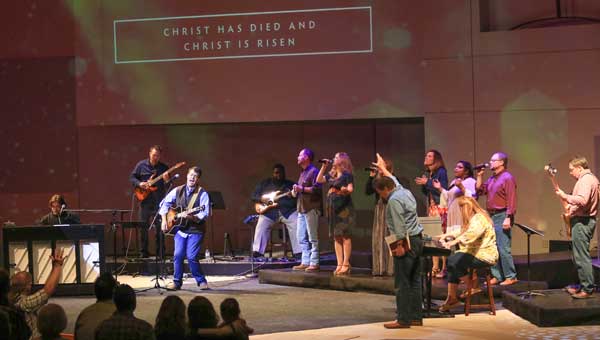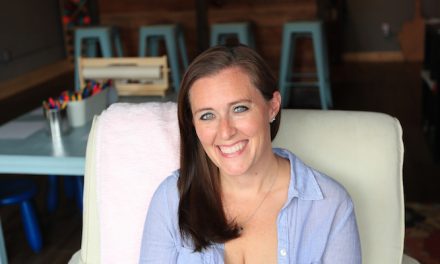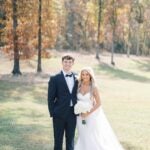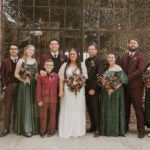By Anna Grace Moore
Photos by Keith McCoy
On a simple afternoon one might find Stephen Campbell fine tuning a grandfather clock’s moon dial in his workshop. His wife, Lura, is likely next door, carefully crafting the stich on a quilt’s applique. Hours pass as Lura’s nimble fingers weave vibrant hues through the fabric with every prick of the needle. As the two delicately toil away, one can hear the melodious charm of each clock’s ballad on the north stroke of the hour. Together, Stephen and Lura preserve the beauty in vintage treasures by creating memorable pieces that others cherish.
The adorable couple met in the 80s through a small group in Shelby County. Ironically, they both worked for Bellsouth at the time, but they didn’t meet through work. Thirty-three years of joyful union later, Stephen and Lura tackle retirement’s abyss of boredom together by practicing their hobbies.
Stephen makes and repairs clocks; whereas, Lura creates quilts.
“Crafts were always like a hobby,” Lura says with a smile. “When I was traveling out of town for long lengths of time, I got into quilting. The methods of doing quilting then were not as advanced as they are today.”
Back then Lura explains that people used cardboard cutouts to trace patterns onto fabric. People actually used scissors to cut each piece out, she jokes. “I had the opportunity to buy a long arm [years ago]. When I did that, I started quilting for other people.”
Just for fun Lura started making quilts because she valued watching her labor of love bless other people by preserving what they loved.
“I got a call one day from someone who wanted to know if I could do a t-shirt quilt,” she says. “I made my first t-shirt quilt for someone in Mountain Brook. Pretty soon I made one for every child in that family.” Fast forward several years, and now she already has an order request for two t-shirt quilts as graduation gifts in 2023.
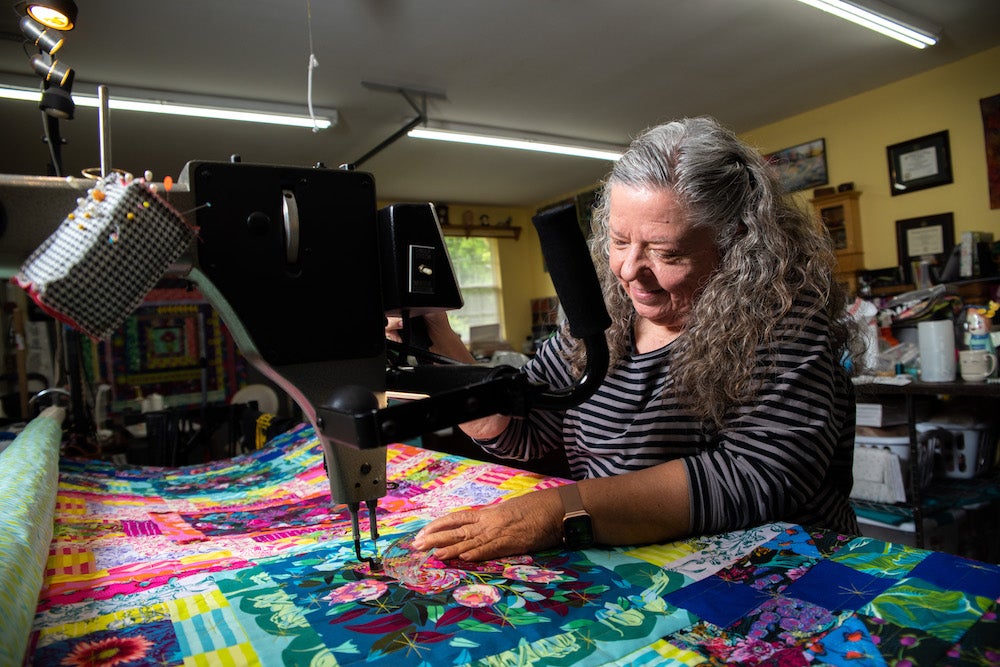
Lura stays busy as orders keep rolling in. Although, it is no easy feat to create such a masterpiece. Each hand-made, ethereal wonder is a patient practice. “Most quilts are going to be 40 hours or more of actual work between piecing the top, quilting and putting the binding on,” Lura notes. “You can get into some that will take you 300 to 400 hours.”
Lura says there are some things you just can’t learn to do until you practice and teach yourself. One practice Lura learned is how every good quilt has contrast.
“You begin to figure out that if you don’t have contrast in your quilt, it’s not going to be as stunning,” she explains. The best ones unveil stark pigments that are opposite on the color wheel. Now that she’s perfected her profession, she says, “most of the time [I] just see something and go, ‘oh, there’s a quilt.’”
Word travels like wildfire in Alabama. When news broke of Lura’s talents, hundreds flocked to see her gift.
Nationally accredited quilter Dianne Hire is but one of Lura’s work’s admirers. She published several of Lura’s pieces and even had Lura assist her with some of her own quilts, too. Both worked on a quilt, “Driving Miss Daisy,” which is published in Hire’s novel, Quilter’s Playgame.
The former Alabama First Lady, Dianne Bentley, also enjoys Lura’s quilts. Ms. Bentley invited Lura to display one of her quilts in an art show that Bentley hosted in Montgomery in 2010. This was not long after Lura won first place at the Quilt Symposium of Alabama in 2007.
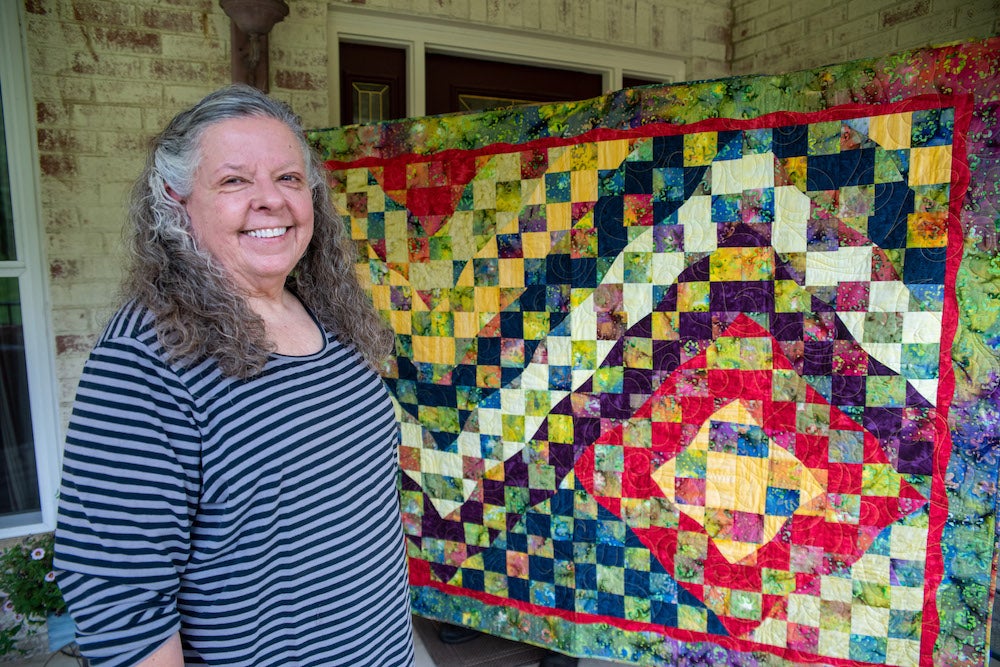
Towards the end of the Bentleys’ governorship in 2014, Lura says she was honored to present a quilt to Ms. Bentley, commemorating her service to the Alabama state parks.
While it’s nice to be decorated, Lura says she finds the most joy in watching her recipient’s faces light up at the gift of a quilt. One of Lura’s customers who lost both of her sons within weeks of each other teared up when she first laid eyes on the sentimental textiles. “‘The throw that you made for me from David’s Alabama t-shirts captures David’s personality,’” Lura reads aloud from her customer’s thank you note.
She enjoys blessing others through her labor. “I have so many scraps from t-shirt quilts,” she notes. “My bigger scraps go to We Sew Love. They’re a local group who makes dresses, shorts and underpants for orphanages all across the world. My smaller scraps go to a lady in Trussville who makes dog bags.”
Stephen, too, enjoys helping others, and his unique practice preserves history.
“I started working on clocks in the 90s, and as I got into it, I realized this was something I wanted to do after [retiring],” Stephen says. Retirement is no joke to him. He has always been a hard worker who never lets his time idle by. One day Stephen says he learned of a school of horology, and he immediately became interested as he thought working with clocks could fill his time during retirement.
“We had clocks in my house as a child. [My parents] would always come to me to wind them,” Stephen remembers. “In 1978 I started building clocks from kits. Over the years I’ve probably built 15 to 20 clocks. I [started] giving them away to friends and family as they were getting married and making babies.”
So, Stephen went back to school- while working full time.
He finally received his associate’s degree in horology from a school in the National Association of Watch and Clock Collectors in the early 2000s. He recalls how he went to school for five weeks a year for five years in a row because he wasn’t aloud any more time off from work.
Soon Stephen graduated and retired, and then promptly got back to work. He already had experience in repairing clocks before attending school. Prior to earning his diploma, Stephen spent a lot of time visiting a clock repair technician on Highway 280. The technician spent hours with Stephen by helping him take apart clocks and put them back together.
“I did a lot of clocks for free [for practice],” he says with a chuckle. “I didn’t know if they were going to work or if I’d screw it up.”
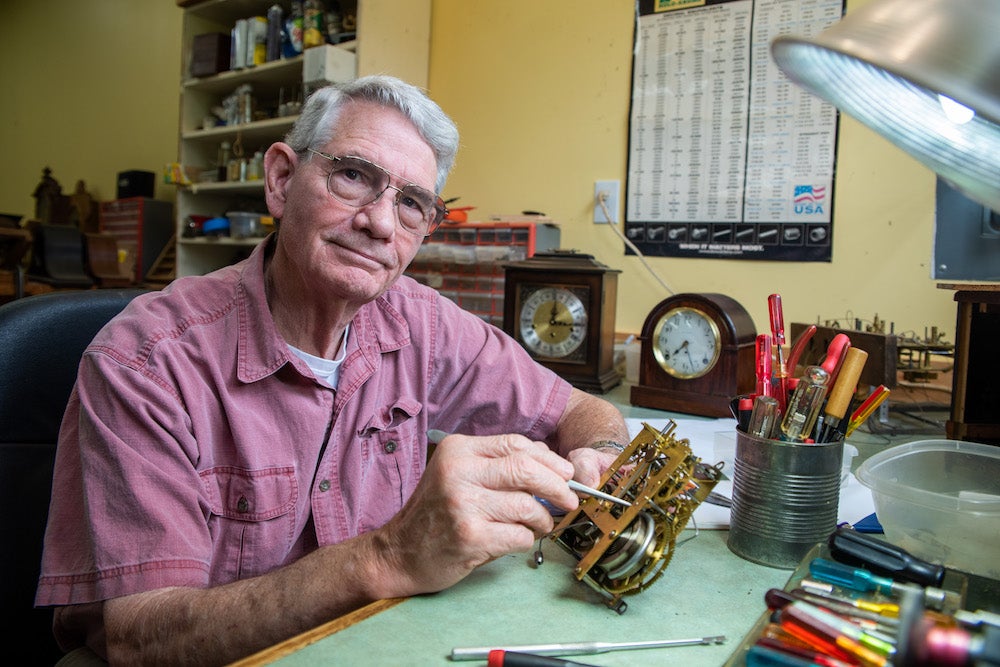
After graduating, Stephen developed a clientele that grew to cover the South East. Now, he receives orders every month from people across the country. Although his practice is rare, the clocks Stephen works on are even more extraordinary. Stephen says the most unique clock he’s ever repaired is the clock belonging to one of President George Washington’s brothers. The clock resides at the Karl C. Harrison Museum of George Washington in Columbiana, Alabama.
The quaint intricacies are not scarce in Stephen’s own home, however. In every room but the kitchen, there is a grand timekeeper that is just dazzling in its corner. The dining room, for example, has more than 20 clocks. The majority of them being 400 Day Clocks. Given their unique name, Stephen explains they’re engineered to tick for 400 days. Some of his clocks run perfectly for 15 months or more.
“I have bought very few of these clocks,” Stephen says while gazing about. “They’re either inherited or have been abandoned.”
One could easily become hypnotized while watching the synchronized swinging of the pendulums. The further up the mantle, the more vintage the clock. “I prefer to work on older clocks. They’re more hardy and have bigger parts,” he says. Some of his clocks are close to 100 years old; yet, 100 years isn’t old for a clock.
The older ones are often more beautiful because the wood work is hand crafted.
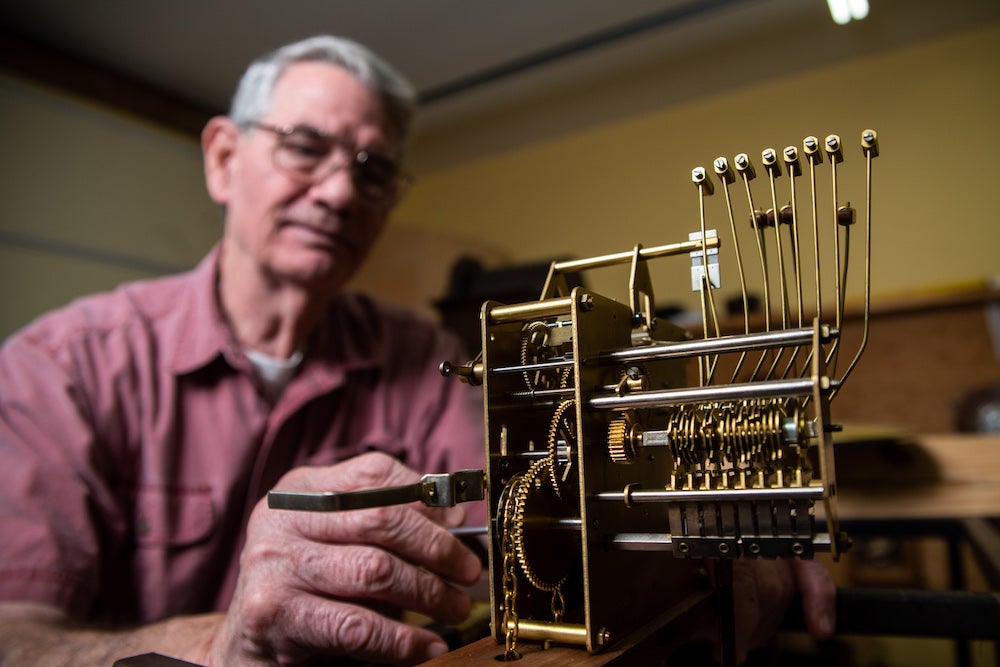
Although Stephen has his preferences, he hardly turns down a customer in need. One elderly woman had not heard her own clock tick since she was a girl. When Stephen fixed it for her, she was smitten with happiness. “[This] little old lady pulled the oxygen out of her nose, got up out of her wheelchair and hugged me,” Stephen says smiling.
Another customer spent 18 years trying to find someone who could fix his clock without any luck. When Stephen made the hours-long journey to come fix the clock, the customer said, “I will pay you what you want. I just want my clock to tick.” Sure enough, Stephen spent a few hours working his magic, and the antique ticked with life again. The customer was elated so much that he paid more than Stephen’s asking price.
Whether it be making a t-shirt quilt for a graduation or fixing a family heirloom, Stephen and Lura Campbell are making a sentimental impact on the Shelby County community. The couple’s hobbies have blessed many across the country. To follow their work, visit the Campbell’s Facebook page @Time2Quilt.

